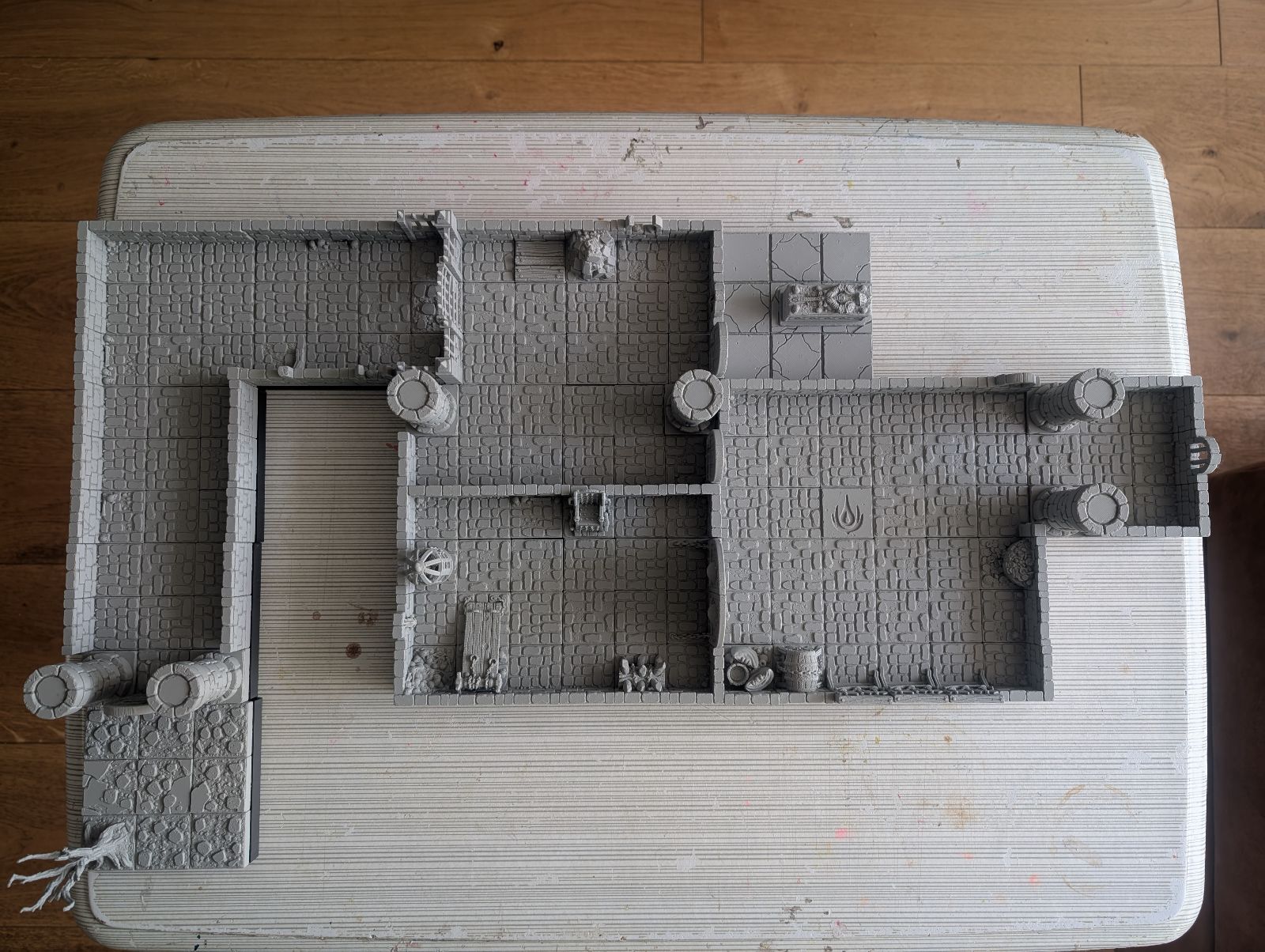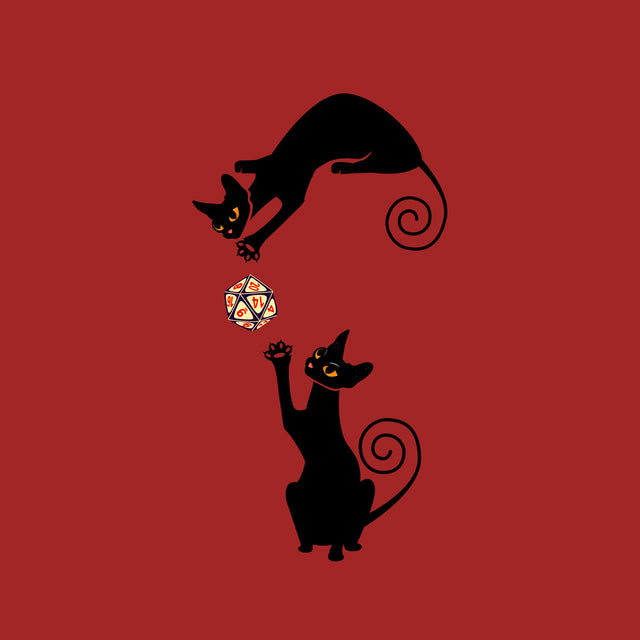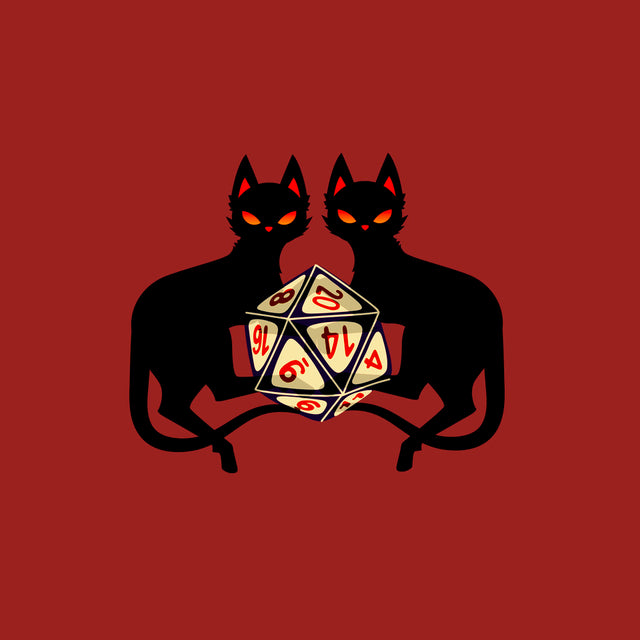Dungeon Block Fun

Hello and welcome!
We wanted to add some additional detail about the Modular Terrain that we recently added to our shops thanks to the team over at Dungeon Blocks because we've been having loads of fun using them lately.
What is the purpose of Modular Terrain? Well, they add a fun extra dimension to the Tabletop as part of your Dungeons & Dragons (or other!) games. We have found them to be quite versatile and a modest collection of them really offer a lot of options to make all sorts of areas to use for your games.
And if you like making maps, and you prefer having loads of "bits" on your Tabletop, then these blocks are great. As we mentioned last time, these aren't intended to replace conventional and great paper (flat) maps or even the many amazing digital map options (assuming you are fortunate enough to have a games table with a decent sized monitor in them) but instead they are intended to augment and add to the experience. Basically, use the right map medium for the situation and given your specific gaming table / area constraints.
And with the several themes and many, many options per theme, it can be tricky to wade through all of them and decide. We are happy to share their PDF's which neatly outline all of the items for each set so you can more easily review them all together and plan out what you need. If you would like the PDF's, please reach out and we are more than happy to share (the Dungeon Blocks team makes them available from there MyMiniFactory page as well!).
So we thought we would put a few extra thoughts down for you to consider when exploring these items to help you decide if you want to dive in:
- Decide on a Theme - Have a review of the different themes and decide what best fits what type of atmosphere you are looking to have. But - do look at the other sets in case you want some special specific blocks like a gravestone or something - more on this below.
- Consider Size - Think about how much play area you want built on the tabletop at once (either visible or obscured by paper or cloth to reveal as players move through). The base grid is 3x3 (15ft by 15ft of game space) and you can combine them in any orientation for the area you want. But think on the play area actively used by players at any given time and consider the point is that you can rejig the pieces to make the new area. I would say typical rooms are 30ft by 30ft or 30x45 but with that amount of blocks you can do various orientations with the types of blocks you have. Or if you have series of rooms think how many you want at once. And big boss rooms could be 60x60. But as you noted, you can expand the sets into that size. This is the most important part to consider. Of course you are welcome to purchase a very large set, but consider how much tabletop space you have available and realistically how much of the playing area you need to be represented with the blocks. And also consider similar sizes of the other map options such as the booklets. Likely for most encounters, that size of battle area will be sufficient. And the same goes for an internal map like a dungeon or cave or graveyard. And consider the size and shape of each room the players would traverse through and how they attach to each other.
- Consider Space - Similar to the above, also consider the shape While the base grids are 3x3, you don't need to only think in square shapes. You can have a core rectangular shape but then tack on different shaped tiles to add a 3x3 room on one edge or a 3x6 area to another area and if there are empty grid tiles outside the play area, this is fine too!
- Core Tiles - These are the walls and doors. You'll need most of these so consider how many you need relative to the above. And don't forget about corners!
- Special Tiles - Think of things like columns and tables for cover or any other decorative or special item that is important to your setting or otherwise aesthetically pleasing like windows or trees or graves or whatever.
- Other Sets - The sets do fit together. Like the catacombs parts of the graveyard fit nicely with the dungeons as well as the caverns. And there may just be a few specific blocks you want to add something special to your main theme.
- Height - If you want to show a building like a tavern you can get the level grids to add a layer to an area but consider how tall you want it. And don't forget the Stairs!
- Grow Over Time - Start with a reasonable sized space and then you can add more specific blocks as needed or add another 15x15 or 30x30 room / space as you need.
- Other Scatter - If you don't like the special tiles or you have your own collection of scatter elements, not a problem! Just add them onto your play space and further customise the base space with your own bits!
-
Storage and Transport - We carry ours around in just a plastic container as they are fairly durable.










Leave a comment
All comments are moderated before being published.